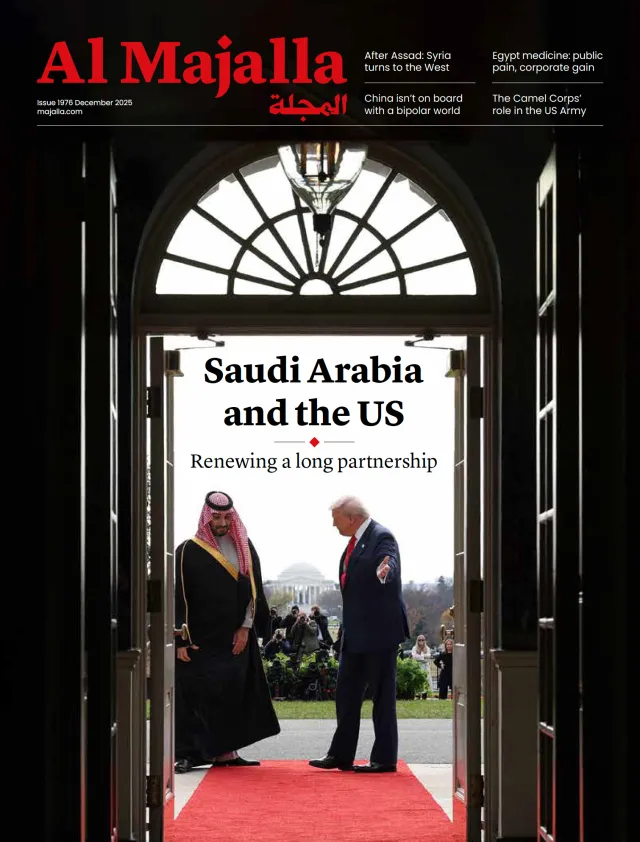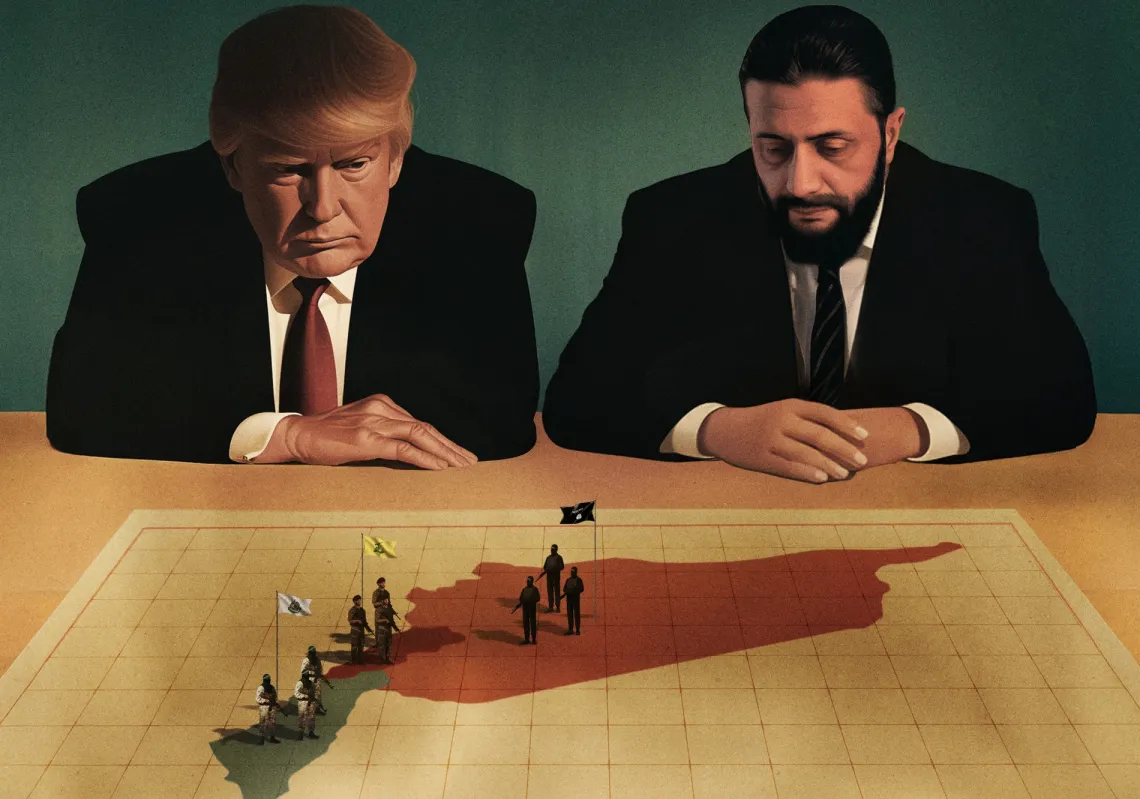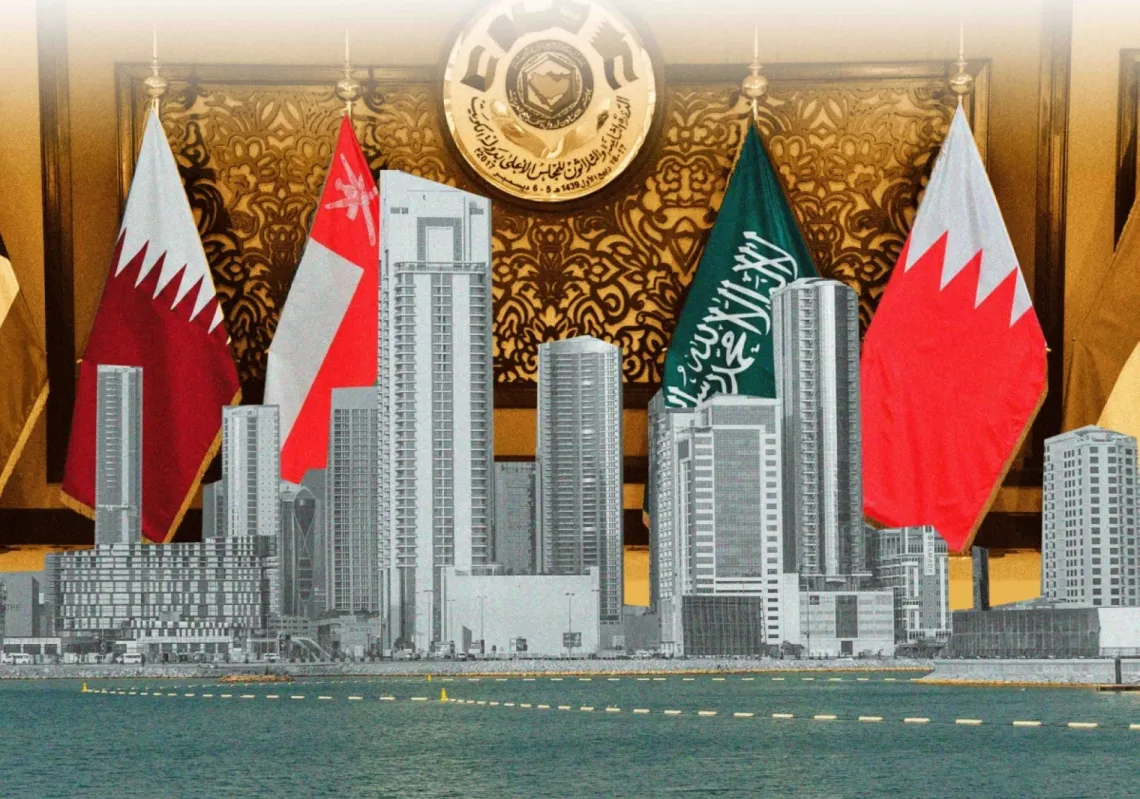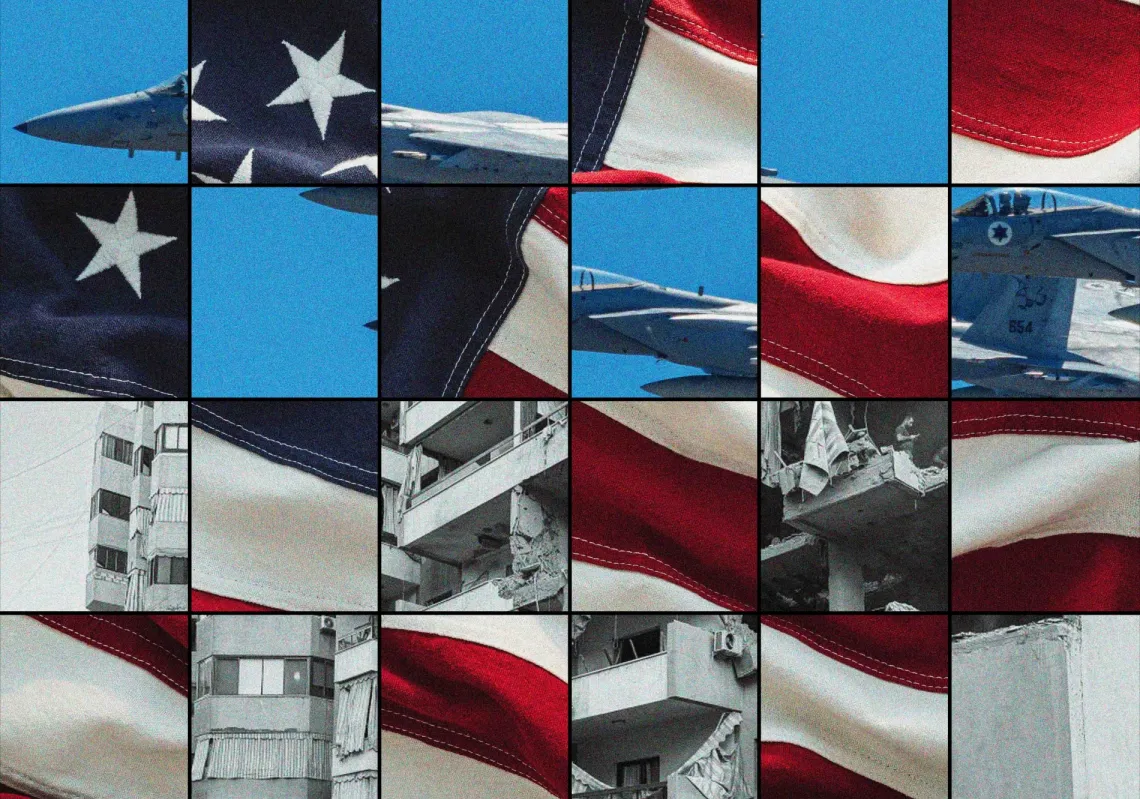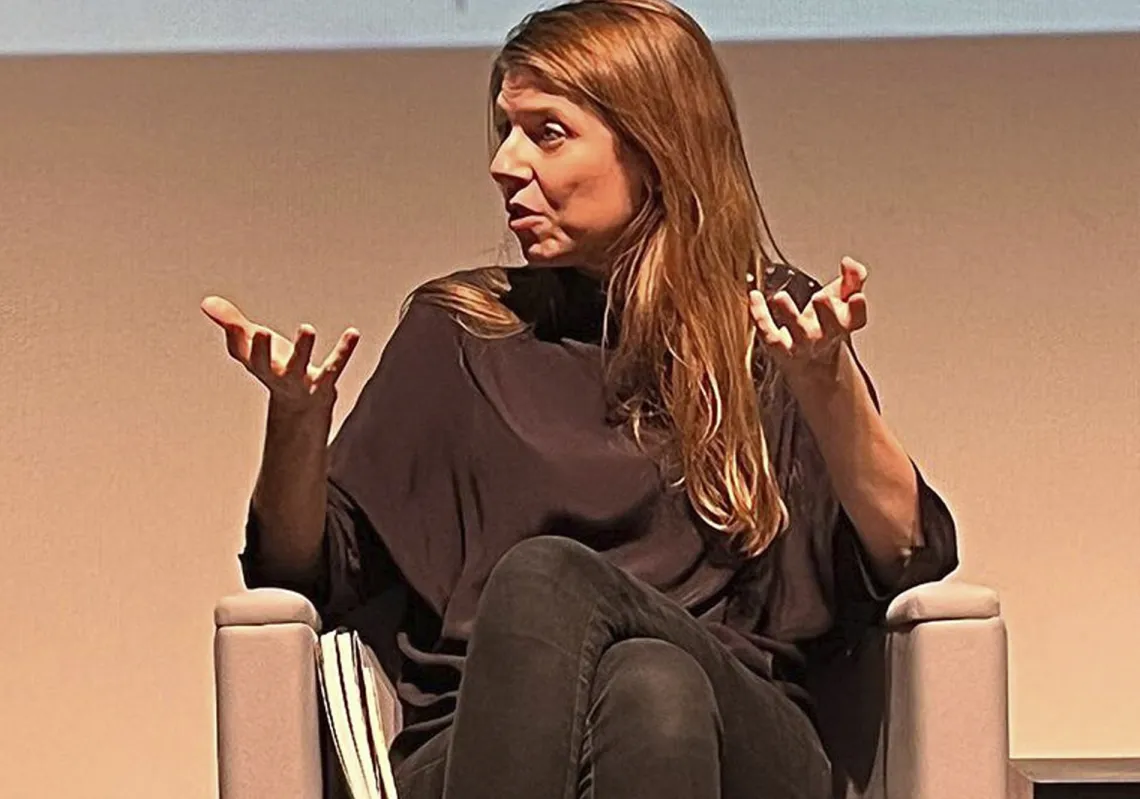Perched on a hill overlooking the Mediterranean, Dachra offers a striking panorama of Tabarka—a city with a storied past, nestled on Tunisia’s northwest coast, 180 km from the capital, Tunis.
Known for its water sports, jazz festivals, Arabic music, and unique Mediterranean charm, Tabarka enjoyed a golden age from the mid-1960s to the early 1980s. Today, tractors idle beside roadside cafés and rest stops, where stalls are draped in bunches of garlic and vibrant displays of local produce, the ghalla (fruit) set alongside vegetables including fennel bulbs or besbas (a cherished ingredient in Tunisian cuisine).
The bus radio blares out Tunisian and Egyptian songs, interspersed with a morning talk-show lamenting the nation’s economic woes—and the puzzling disappearance of potatoes, an issue that has the opposition up in arms. Ministers blame hoarders and profiteering; critics blame flawed agricultural policies and broken supply chains.
“The average Tunisian consumes 30kg of potatoes annually,” notes one contributor, before blaming the shortage on climate change and prolonged droughts affecting Tunisia’s northern agricultural heartland and main food basket, before tunes by Maleeha Al Tunisia and Nancy Ajram fill the bus, as it winds its way to the centre of Tabarka.

A panoramic view
From her window in Dachra, Monira can see key city landmarks: the bus station, grain mill, ancient rock formations now emblematic of Tabarka, and the Italian colonial fortress erected to control the lucrative trade in deep-sea red coral.
She can see the market that offers Algerian goods at lower prices than those available locally. Products are often smuggled into the country, bypassing customs duties at the border. There is also the covered Libyan Market, a bustling venue for second-hand clothes and shoes, known locally as ‘frip’. A pair of sturdy leather winter boots, perfect for trekking through the forests of Ain Draham and Beni M’tir, are just $7.
These markets attract shoppers from across the wider northern region, an area plagued by high youth unemployment. Cafés sprawl around La Basilique theatre and the port, packed with young men watching African club football matches. It was not always thus. Monira’s mother had no trouble sourcing ingredients for her cooking, with generous cuts of meat from the butcher at the municipal abattoir.
Together, she and her husband raised a large family. The eldest is now nearly 70. Some emigrated to Europe or moved elsewhere within Tunisia, but Monira stayed in the family's three-storey home, hosting her siblings and grandchildren on visits, preparing traditional dishes such as asida (a warm breakfast blend of flour, butter, and sugar), pasta, or couscous with carrots and courgettes, all infused with hot local spices.

From the forests
She often goes through old photographs from her youthful travels to Paris, pausing occasionally to dust the artistic pieces that adorn the house, items crafted from khafaf (cork). For many years, harvesting cork from the surrounding dense forests was a thriving local industry, offering employment and attracting foreign investment from countries such as Portugal, Italy, and France.
"I worked in the cork factory, and so did my wife," says Abdelhamid, Monira's middle brother. "That's where we met, fell in love, and got married." His wife, who no longer works, gestures towards the salon's distinctive furniture and the elegant pieces made of cork, finished with a glossy varnish.
Abdelhamid stands on the site where one of Tunisia and North Africa's most prominent theatres once stood. Today, it is a muddy vacant plot, battered by harsh winter rains and frosty storms from the Italian coast, but it was once known as the Theatre of Flowers, where singers from across the Arab world flocked.
A young man back then, Abdelhamid, vividly recalls attending a performance by the iconic Egyptian singer Abdel Halim Hafez during the summer of 1968. Halim's fame swept the Arab world from the 1950s to the 1970s, selling more than 80 million records. They called him el-Andaleeb el-Asmar—the dark-skinned Nightingale.
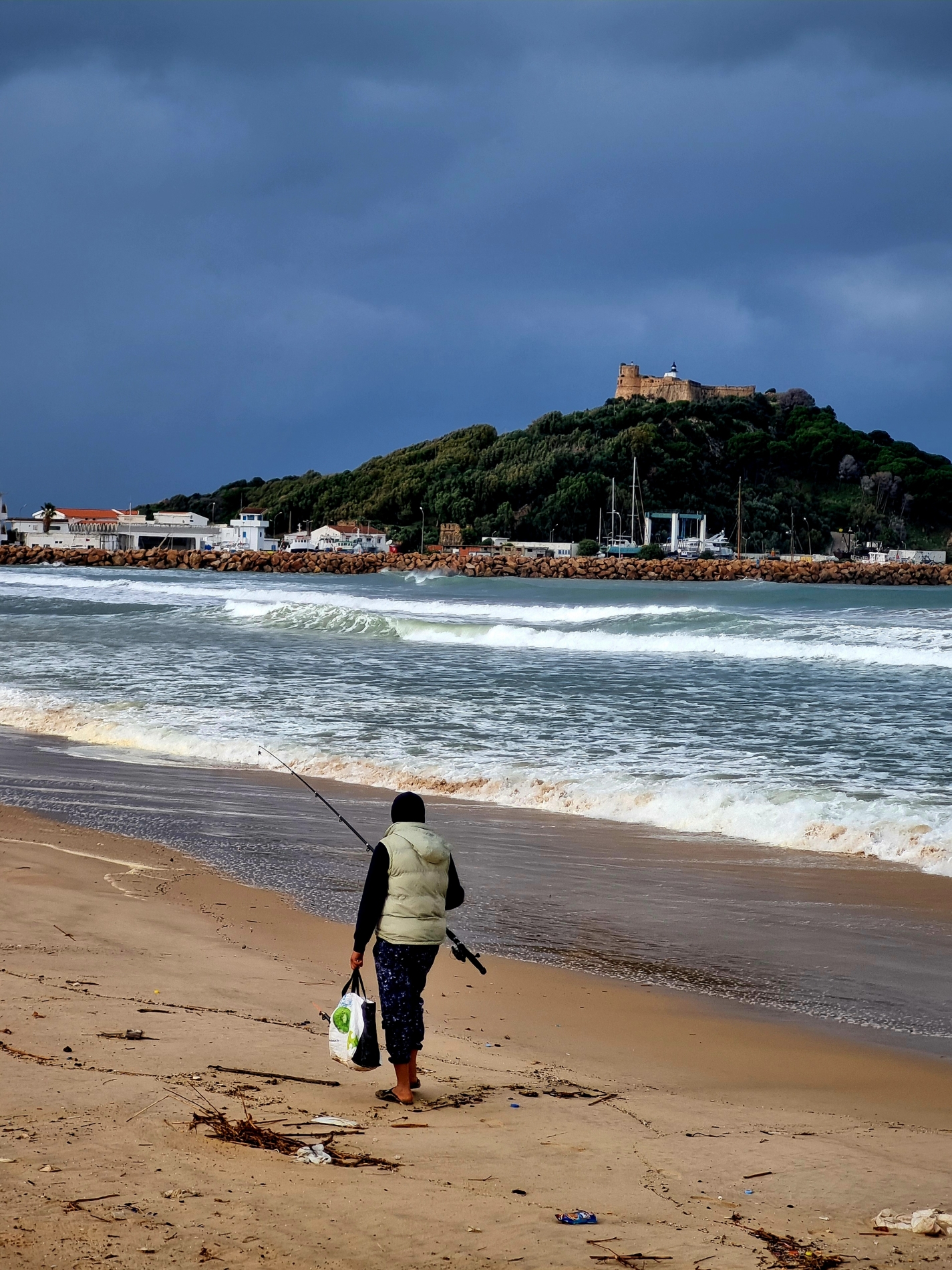
After the setback
A year before, in 1967, Arab armies had been heavily defeated by Israel, referred to as the Naksa (setback). Halim was a proponent of Arab nationalism and a staunch voice of Nasserist socialism. In poor health by 1968 due to liver problems, his arrival in Tunisia was nevertheless met with enthusiasm and a warm welcome from President Habib Bourguiba, the architect of modern Tunisia's post-independence era.
More than 60 surgical procedures had left their mark on Halim's slender frame, deepening the lifelong paranoia of an orphan who believed his life was drawing to a close. Like elephants that walk solemnly towards their final resting place, Halim aimed to approach his twilight with regal defiance: unbowed and undefeated. On stage at the Theatre of Flowers that night, he concealed his health defeat with a gentle smile.
Archival footage, now available on YouTube, captures Halim's visit to Tabarka. He is in high spirits, striding confidently through rehearsals, media engagements, and leisurely tours of the sea and mountains. But beneath the haunting tones of the Ather Kurd maqam and his famously exacting attention to musical detail, Halim fluctuated between radiant warmth and deep anxiety.
Perhaps he sensed that Tunisia—with its admiring crowds, majestic scenery, and political distance from his fiery nationalist beliefs—might offer a warrior's brief respite, a space to contemplate the emotional wreckage that shadowed him. In the rehearsal room, his nervous energy resurfaced. He took charge, directing his orchestra in the arrangement of a poem, body taut, face gaunt but lit with determination.

Arab torchbearer
He was driven by a potent mix of passion, discipline, and duty, sculpting the rhythm to follow an emotional arc, one that ends in defeat but begins with doubt, as Halim gestures downward with his hands, as if there was something rises from the deep, but that must remain buried there forever. He channels his emotion into a single syllable, imbuing the word with a profound sense of feeling. Like a teacher conveying meaning to his students, he articulates, with resolute intent to "bury"—"Ba."
As Halim utters the word "fog," he calls for a heightened rhythm, lifting his arm high, towards the drifting clouds and wandering smoke, a choreographed salute, framed and promoted, a rigid form belying a nervous tension, like the torch-bearing hand of the Statue of Liberty. In that moment, Halim crafted his own monument, a parallel tribute to the myth of leadership he had long been sculpting.
Amidst the luminous white jasmine buds, the sailboats scattered across the Mediterranean, the laughter of swaying women, and the men's spirited moods, the period following the "setback" of 1967 promised little. The echoes of Halim's refrain—of doubt, fog, and ruin—resonated across a city that was itself slipping into decline, with political, security, and economic upheavals having swept Tunisia and the region.
The country's postcolonial trajectory became riddled with corruption, extremism, mounting economic hardship, and other challenges. Culture did not escape, and like so many theatres across Arab cities, the Theatre of Flowers no longer stands, having ceased operating long ago. Memories of the Nightingale and other artists who once graced its stage are now fading.

Bees and deer
Tabarka's cork forests are no longer the providers they once were. "Plastic came along and killed everything," says Abdelhamid. "No one wants cork anymore." A once-ubiquitous material used to seal various types of beverages, cork usage has declined sharply, resulting in forests falling into a state of neglect. Invasive thorny shrubs are now rampant among the trees, contributing to a significant rise in wildfires.
Beekeepers once placed hives deep within these woods, but the honey is disappearing, as is the Barbary stag, a sub-species of red deer that once roamed freely across the cork forests of Tunisia, Morocco, and Algeria, foraging for wild fruit and herbs such as shamrock and zella, which promote lactation during does' 226-day gestation period. Once common, it is now nearly extinct, stripped of its natural habitat.
The picture is not entirely bleak. The city's youth still dreams of love and jazz, and the beaches remain among the most beautiful on the eastern Mediterranean. A seagull dances above the water's surface, as the voice of Egyptian icon Umm Kulthum singing "ma Habibi... kullu shay'in bi qada'ihi" (my love... everything unfolds by fate) drifts from the direction of the Marine Club.
Barefoot boys chase a ball beneath the swaying palms, while beneath an abandoned building, two lovers sit before a green meadow where the first blooms have begun to emerge. The boy smiles, and the girl blushes. A rainbow appears. He explains that in the Amazigh tradition, the rainbow is linked to an old tale known as The Wolf's Wedding. A wolf, reluctant to marry but under pressure from his kin, sets a condition he believes impossible: he would wed only if it rained while the sun shone.

A city of jazz
Amira was just a child when the Jazz Festival was launched for the first time in Tabarka. Symbolic of the modernist zeal and revolutionary energy of the 1960s, the people of Tabarka did not immediately embrace jazz, and for years the festival catered mainly to tourists and foreign residents.
The story of the Tabarka Jazz Festival mirrors many others in Tunisia: chapters of ambition and creativity intertwined with corruption, sabotage, neglect, and even vengeance. In time, the festival too was lost, along with the city's circus, the Theatre of Flowers, sailing competitions, and a cinema hall. Markets selling second-hand clothes and public spaces churned to mud each winter are what remain.
With a once-elegant cultural past, the city awaits a bold musician to press its keys and restore its voice, as it unfurls like a giant saxophone, beginning at the hilltop, its bell opening towards the sea. In Dachra, on the hill, lives Amira, the daughter of a butcher who cherished music and melody before a sudden ear infection, worsened by traditional remedies, left her with lasting hearing loss.
Though Amira lost her hearing in youth, she was gifted with keen eyesight. Today, from her home, she captures every detail, every fleeting change. In earlier times, Tabarka was also associated with the power of vision, as red coral once flourished in its depths. A historical text by a Mamluk named Qabjaji notes that coral "alleviates eye pain, removes moisture if used as kohl, and cuts away excess tissue in ulcers". Its healing powers could be used on the city itself.

